Eels have the ability to genuinely give me the creeps. It’s probably because of the scene from Princess Bride. But, actually it might have something to do with the fact that some have the ability to tie their bodies in knots and use this to gain leverage when tearing food. Find out some more uplifting facts of eels here. … … … read on as you wish!
Christmas critter countdown: Cookie cutter shark
Another day of the countdown. This time it’s the ferocious cookie cutter shark. There’s nothing short of remarkably awesome when it comes to these sharks. They are small but also skillful in their ability to sneak up and eat prey much larger. They even have the largest tooth-to-body-length ratio of any shark (including the great white)! Learn more here.
Christmas critter countdown: Christmas tree worm
Admittedly, at this point my kind readers know that I’m a nut over some ocean humor (despite the rolling eyes from loved ones!). So if you’ll indulge me this holiday season I now have a list of twelve ornamental-appropriate organisms. My first one to share is the Christmas tree worm.
The Christmas tree worm, found in tropical coral reefs worldwide, has some amazing spiral plumes (i.e., tentacles) are used for feeding and breathing. The Christmas tree worm prefers to feast on phytoplankton floating in the water nearby. Learn more here.
Superlatives of the sea
This past Friday I had a particularly curious and enthusiastic fifth block Oceanography class. All of their questions were marine science related so I broke out some notecards and asked them to write all of their burning inquiries down. I wanted to tackle them thoughtfully … here I am! My students are amazing inspiration and I’m quite grateful to them for some fun reason to get back to writing here.
My most entertaining question was “What’s the most extravagant animal in the ocean?” I mean, there are just so many ways to think on it. I asked on Twitter and got lots of good ideas … Since I spend my days in a high school, I went with some superlative options. These are a few I came up with but I am looking to see what you all might think: Octopus (Most likely to win a Noble Prize in Physics), Frogfish (Most confident), Erect-crested penguin (Coolest hair), Leafy sea dragon (Best dressed), or the Whale shark (Biggest life of the party).
Please send some other suggestions!
A quiz on the geography of the ocean (i.e., oceanography)
I’m joyfully studying for an earth science test this month to teach high school oceanography (one day)! I thought I’d share some fun questions here to test your knowledge. And, here’s an image of features of the ocean floor on the from glogster to help jog your memory!
1. The deepest ocean is the
A. Pacific
B. Atlantic
2. Which feature is formed where oceanic plates are separating?
A. submarine canyon
B. rift
3. Which of the following describes a seamount?
A. underwater mountain range
B. isolated mid-ocean volcano
4. A small area of ocean that is partially surrounded by land is called a(n)
A. sea
B. continental shelf
5. A large flat area on the ocean floor is called a(n)
A. rift valley
B. abyssal plain
Comment your answers below (or Facebook or Tweet ’em!)! All correct answers will be dropped into a raffle at the end of the month for a copy of 10 Beachcombing Adventures: A guide for investigating the Atlantic coast shoreline.
Wednesday Wisdom: Albert Einstein
Find more great ocean and conservation quotes here and please feel free to share with your friends and family!
Also, ask away! If you have a question about something you found on the beach or just something you’re curious about just send an email to info@beachchairscientist.com or tweet us!
Are we breaking up with Mother Nature?
Has it gotten to the point that when you do connect with Mother Nature it seems like an awkward hug? It’s been said time and time again that we’re better off taking a step away from technology to reconnect with Mother Nature as a regular part of our daily lives.
The benefits of establishing a relationship with Mother Nature are tremendous. Kids will grow more confident and be better critical thinkers when they are trusted to play outside and explore, their vocabulary will increase exponentially once they’re not staring at a television set for more than two hours a day, Americans of all ages will not be as obese or depressed if we get off the couch and get outside. But, as we know from the countless authors that have documented the benefits to getting outside and into nature (Louv, Ratey, Sampson) there are also significant challenges. Isn’t that always the case when one is reconnecting with a long-lost family member?
There are so many reasons not to bother. I hear quite often that, actually no – strike that … I find myself saying these things all too often … “The modern suburbs are designed with cars in mind.” “It’s a different world than when I was a kid and there is increased risks with having your children wander off.” “I live somewhere that is quite different ecologically than where I grew up and I am scared of the unknown.” “I work full-time outside of the house and the weekends are fairly structured.” National Wildlife Federation has even been posting recently how “we are a nation of people who are afraid of the outdoors.” But, the authors I mentioned above aren’t pulling this out of thin air and aren’t specifically talking about the importance of nature’s impacts on children.
Who am I kidding though? Like any relationship … reconnecting cannot be forced. However, it is going to take initiative on our part as parents. I plan to do it with lots of baby steps. If you, the reader of this post, are inspired to get outside and let go more there is a high likelihood that curious little minds will follow. And, in an effort to spark some motivation here is a listing of some fun ways to wander through a favorite secluded spot.
What are some of your challenges in getting outside and wandering aimlessly? Where are your favorite spots to wander?
Marine Mammal Monday: The Marine Mammals of Virginia
From Robert A. Blaylock of Virginia Institute of Marine Science (VIMS) (thirty years ago!) is a pretty fun guide to look through if you’re into historical documents. Yes, that would be me. It is not very up to date on endangered species listing, but was does a fantastic job setting out on its intention “To aid citizens in identification, this guide describes the natural history of marine mammals. This guide is organized by taxonomic orders and families; within a subfamily, species are listed by their frequency of appearance in Virginia waters. Space limits descriptions of the species’ habitats and distributions to the western North Atlantic.”
Find more Marine Mammal Monday here!
Wednesday Wisdom: Wendell Berry
Find more great ocean and conservation quotes here and please feel free to share with your friends and family!
Also, ask away! If you have a question about something you found on the beach or just something you’re curious about just send an email to info@beachchairscientist.com or tweet us!
Marine Mammal Monday: Elephant seals
Please feel free to share with your friends and family where you learned something new about elephant seals today!
Also, ask away! If you have a question about something you found on the beach or just something you’re curious about just send an email to info@beachchairscientist.com or tweet us!
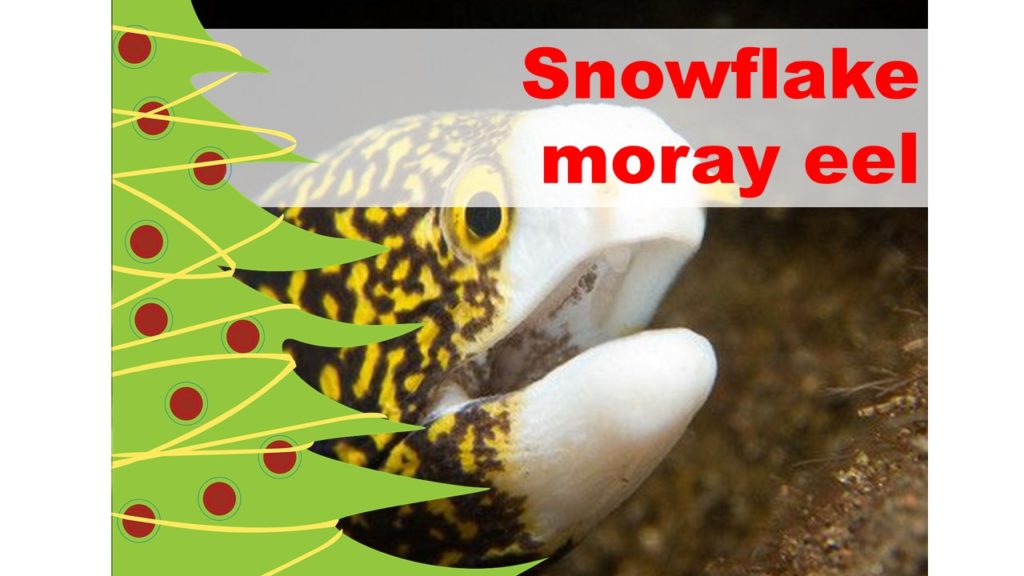
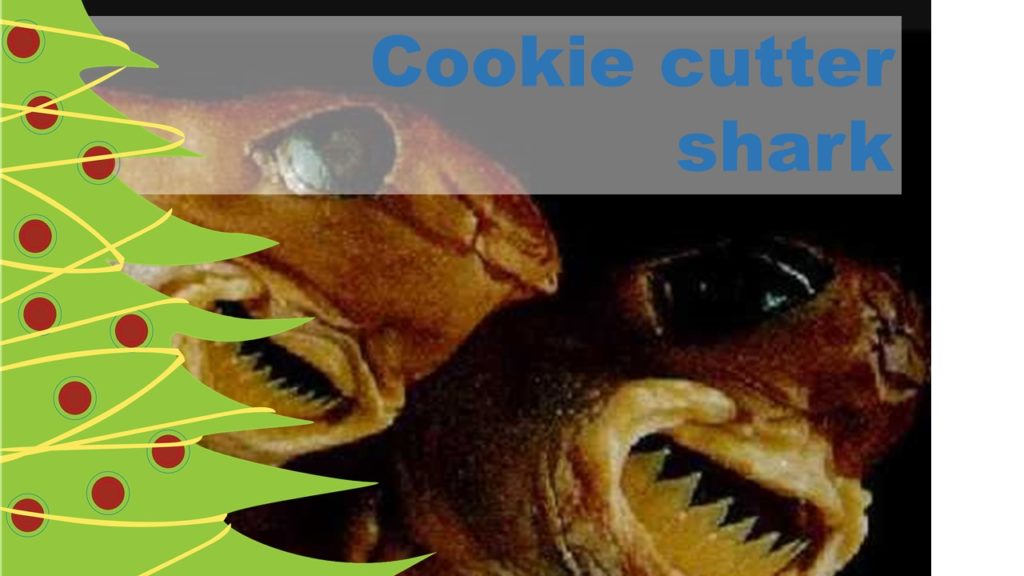
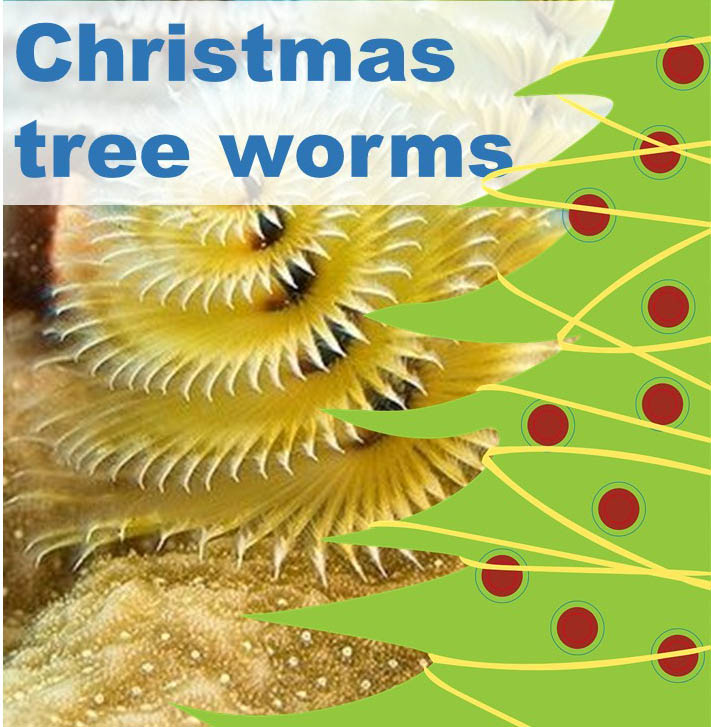


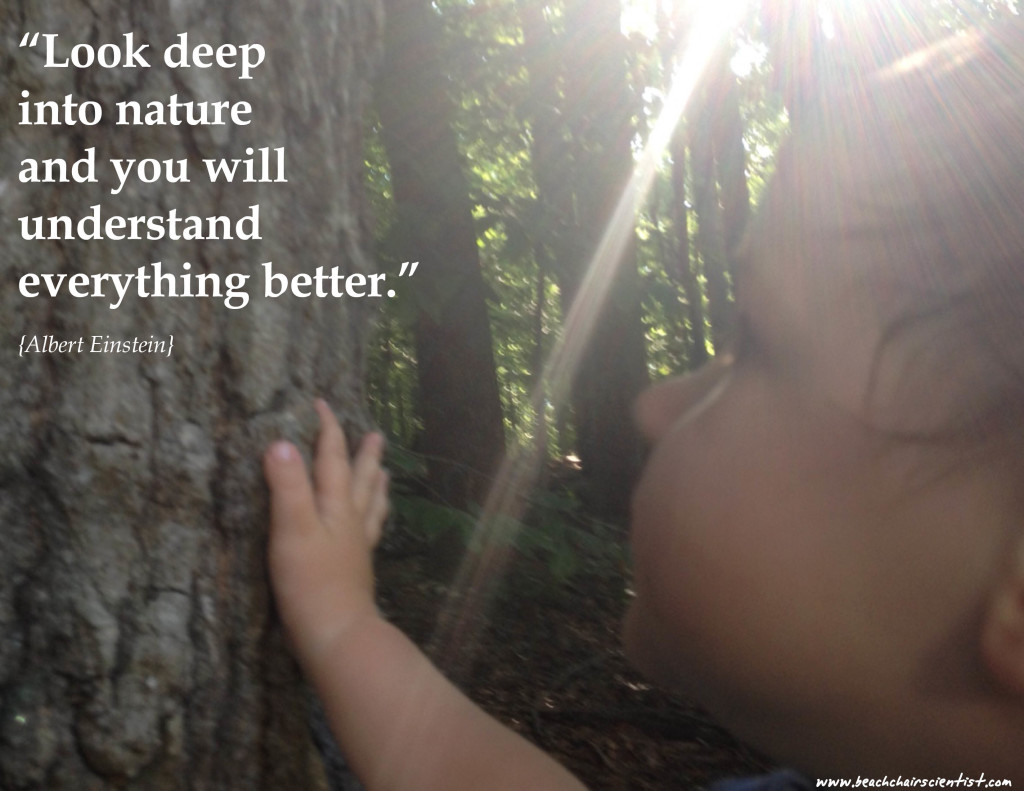
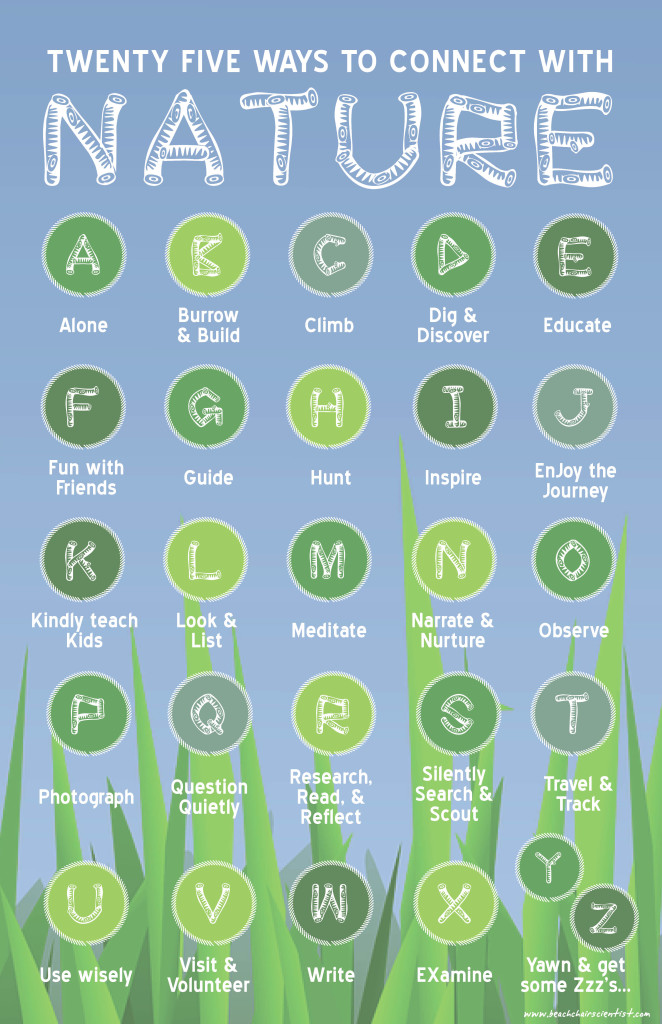
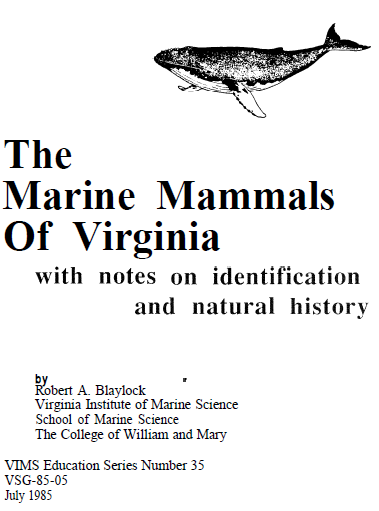
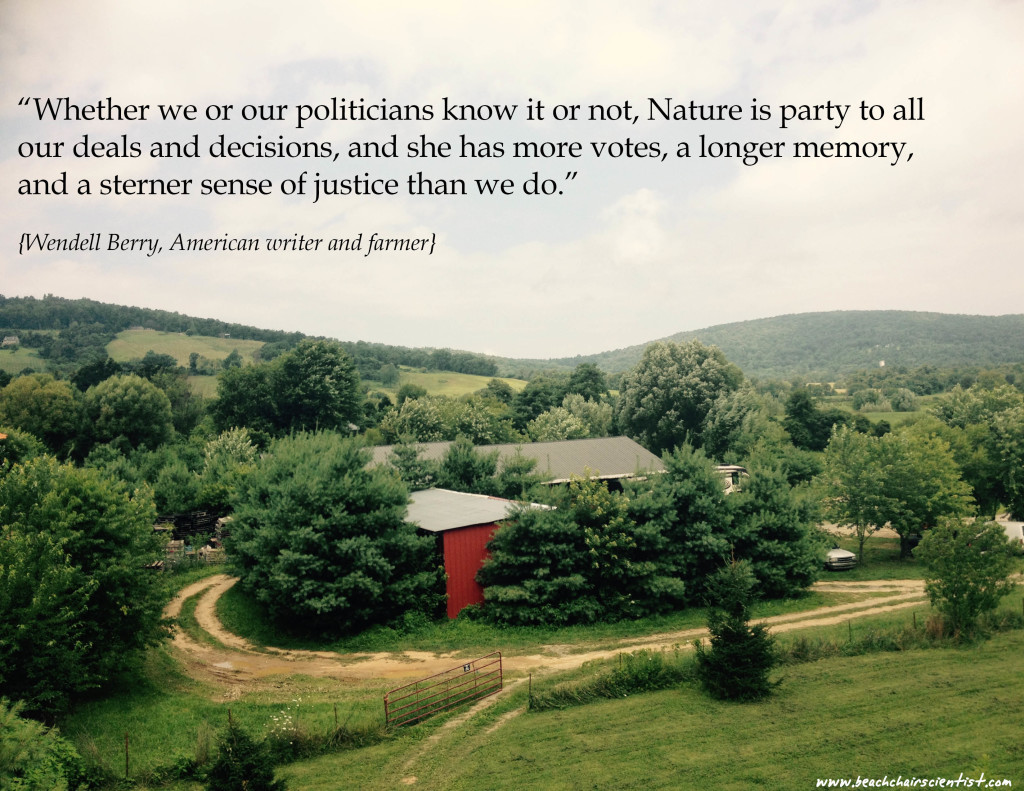
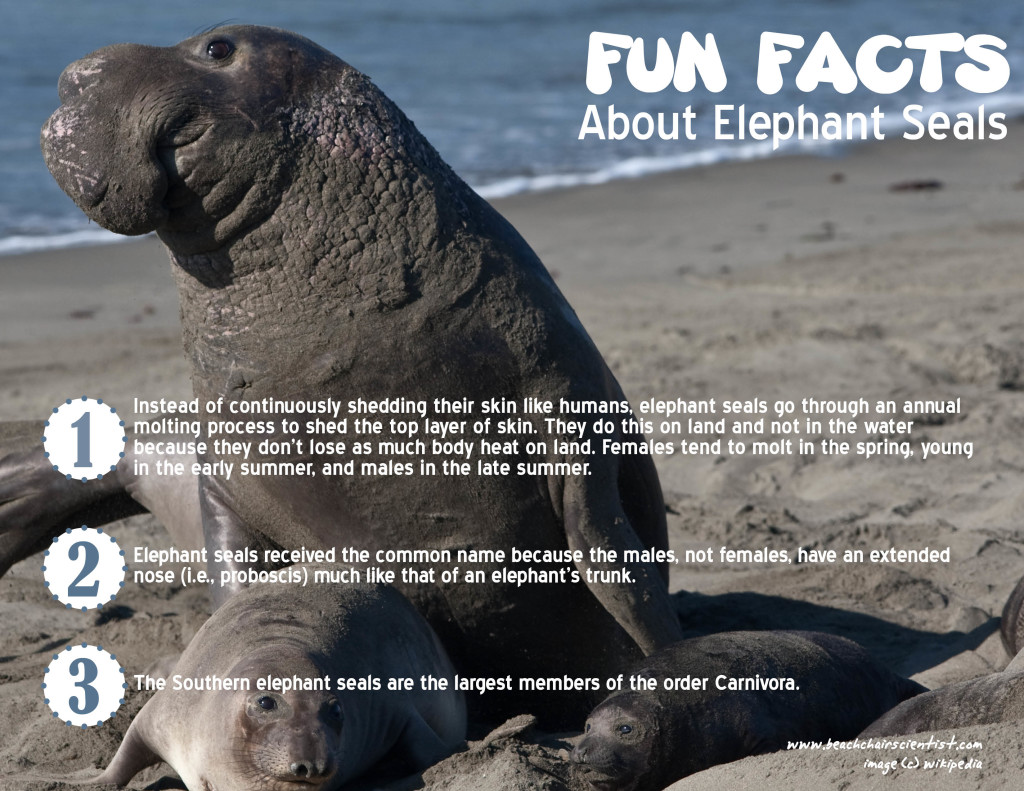







What people are saying …